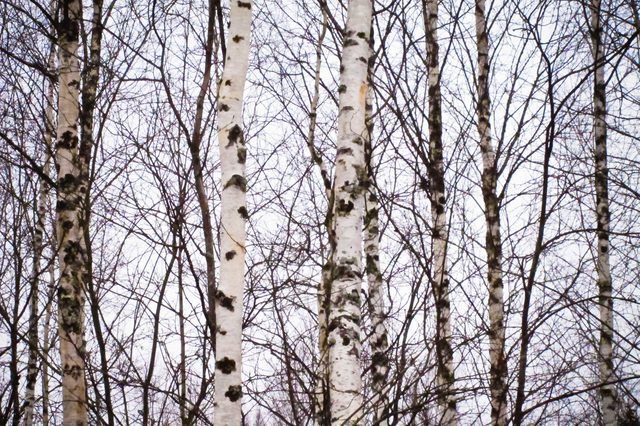Bulbs
Flower Basics
Flower Beds & Specialty Gardens
Flower Garden
Garden Furniture
Garden Gnomes
Garden Seeds
Garden Sheds
Garden Statues
Garden Tools & Supplies
Gardening Basics
Green & Organic
Groundcovers & Vines
Growing Annuals
Growing Basil
Growing Beans
Growing Berries
Growing Blueberries
Growing Cactus
Growing Corn
Growing Cotton
Growing Edibles
Growing Flowers
Growing Garlic
Growing Grapes
Growing Grass
Growing Herbs
Growing Jasmine
Growing Mint
Growing Mushrooms
Orchids
Growing Peanuts
Growing Perennials
Growing Plants
Growing Rosemary
Growing Roses
Growing Strawberries
Growing Sunflowers
Growing Thyme
Growing Tomatoes
Growing Tulips
Growing Vegetables
Herb Basics
Herb Garden
Indoor Growing
Landscaping Basics
Landscaping Patios
Landscaping Plants
Landscaping Shrubs
Landscaping Trees
Landscaping Walks & Pathways
Lawn Basics
Lawn Maintenance
Lawn Mowers
Lawn Ornaments
Lawn Planting
Lawn Tools
Outdoor Growing
Overall Landscape Planning
Pests, Weeds & Problems
Plant Basics
Rock Garden
Rose Garden
Shrubs
Soil
Specialty Gardens
Trees
Vegetable Garden
Yard Maintenance
How to Prune White Birch Trees
How to Prune White Birch Trees. If you are a gardener who loves to prune, don't select a white birch tree for your backyard. Whether you plant European white birch (Betula pendula) or paper birch (Betula papyrifera), your pruners will sit on the shelf most of the time. These trees have their own charms, however. European white birch is a...
If you are a gardener who loves to prune, don't select a white birch tree for your backyard. Whether you plant European white birch (Betula pendula) or paper birch (Betula papyrifera), your pruners will sit on the shelf most of the time. These trees have their own charms, however. European white birch is a fast-growing, graceful tree with creamy white bark that peels to reveal darker skin beneath. Paper birch starts life with a brown trunk that whitens as it ages. Neither tree requires regular pruning.
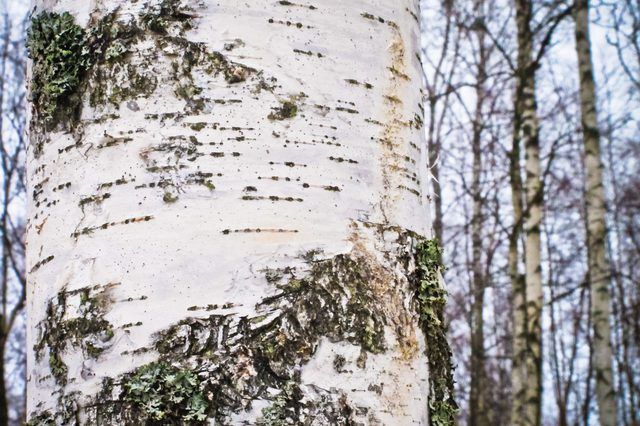
Things You'll Need
Pruners
Garden saw
Rag
Denatured alcohol
Step 1
Soak a rag in denatured alcohol. Clean the cutting blade with it every time you prune.
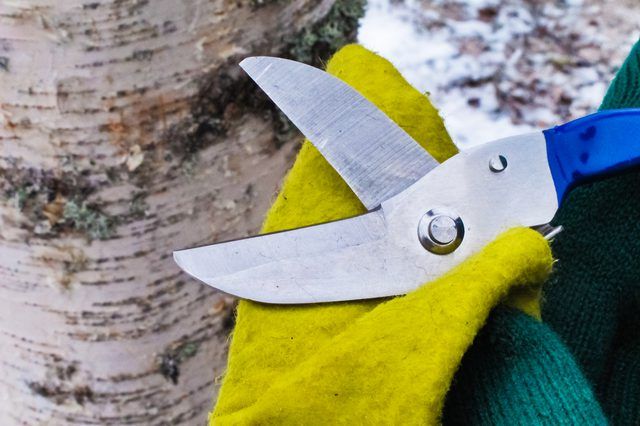
Step 2
Prune your white birch only in winter. Never prune between May 1 and August 1. This is the time of activity of the bronze birch borer, an insect attracted to birch sap.
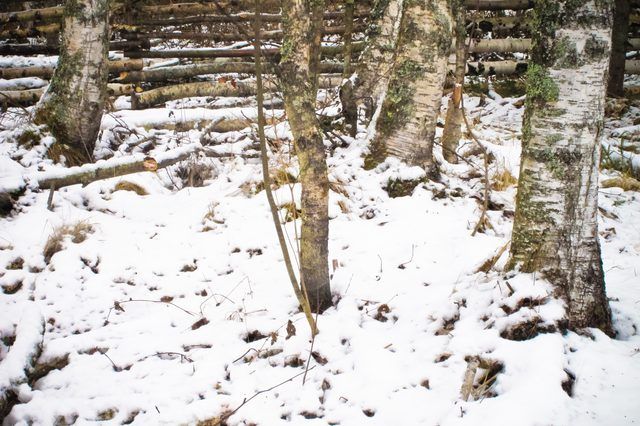
Step 3
Remove dead and dying branches by cutting off the branches at the trunk. Use a pruner for smaller branches, a saw for larger ones. Locate the branch collar, a raised section on the base of the branch. Locate the branch bark ridge on the tree trunk, just above the branch crotch. Make the cut as close as possible to the trunk without damaging either the branch collar or the branch bark ridge.
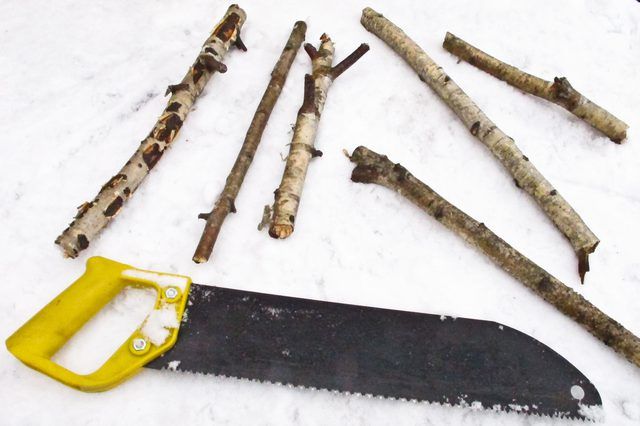
Step 4
Trim back broken or diseased branches by making the cut at a lateral branch at least 6 inches above the damaged area. Do not apply wound sealant even if the branches "weep" from the cut area, as is usually the case with birches. Disinfect the pruners between each cut when handling diseased branches.
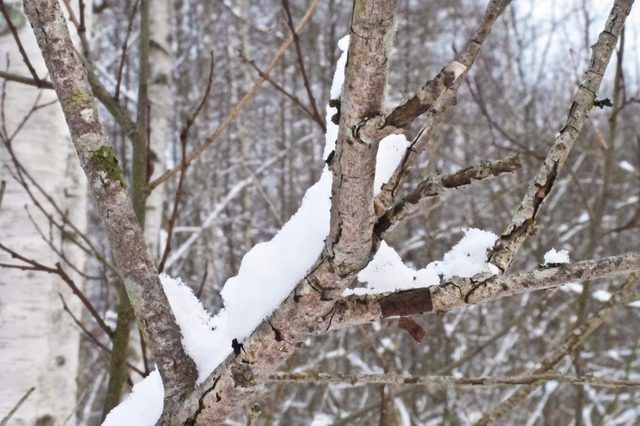
Step 5
Thin canopy only if absolutely necessary to reduce tree height. Pruning allows more light to pass to the root zone, which warms the area and can endanger the birch. Birches grow best with sun on their leaves, but their roots in shade.
